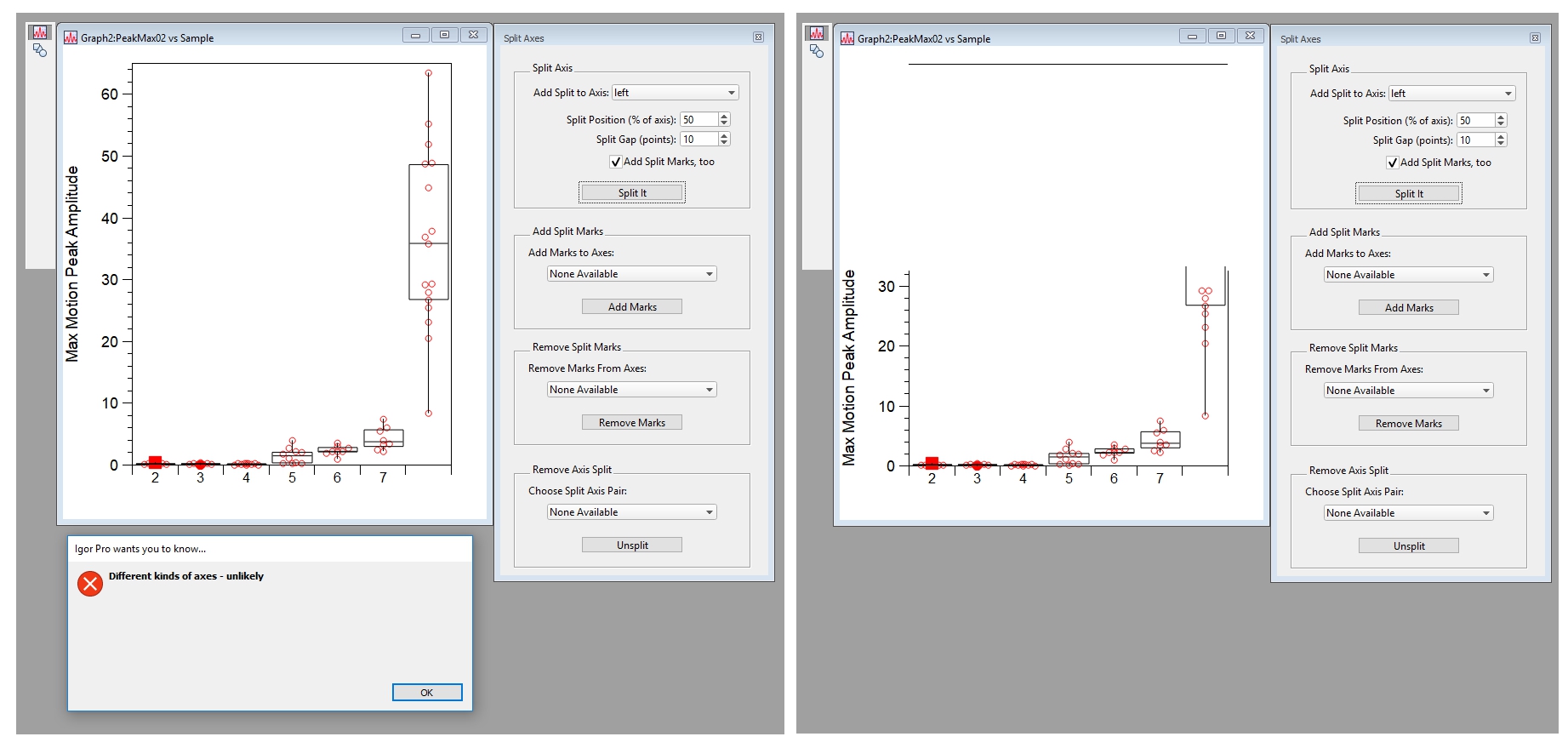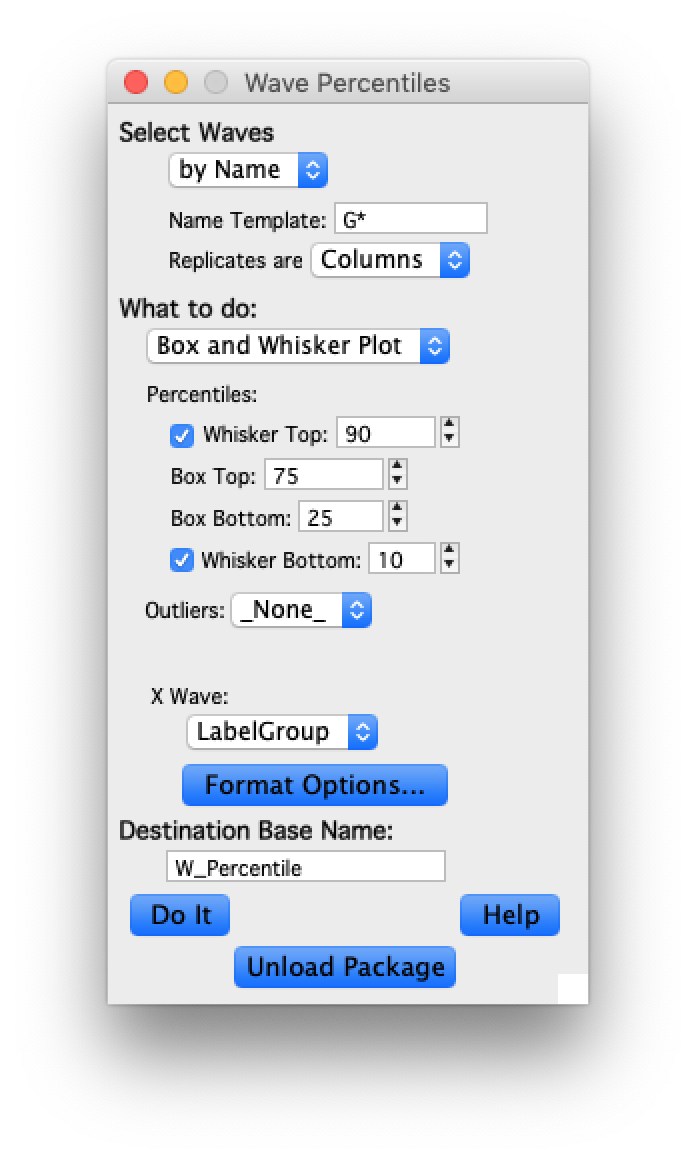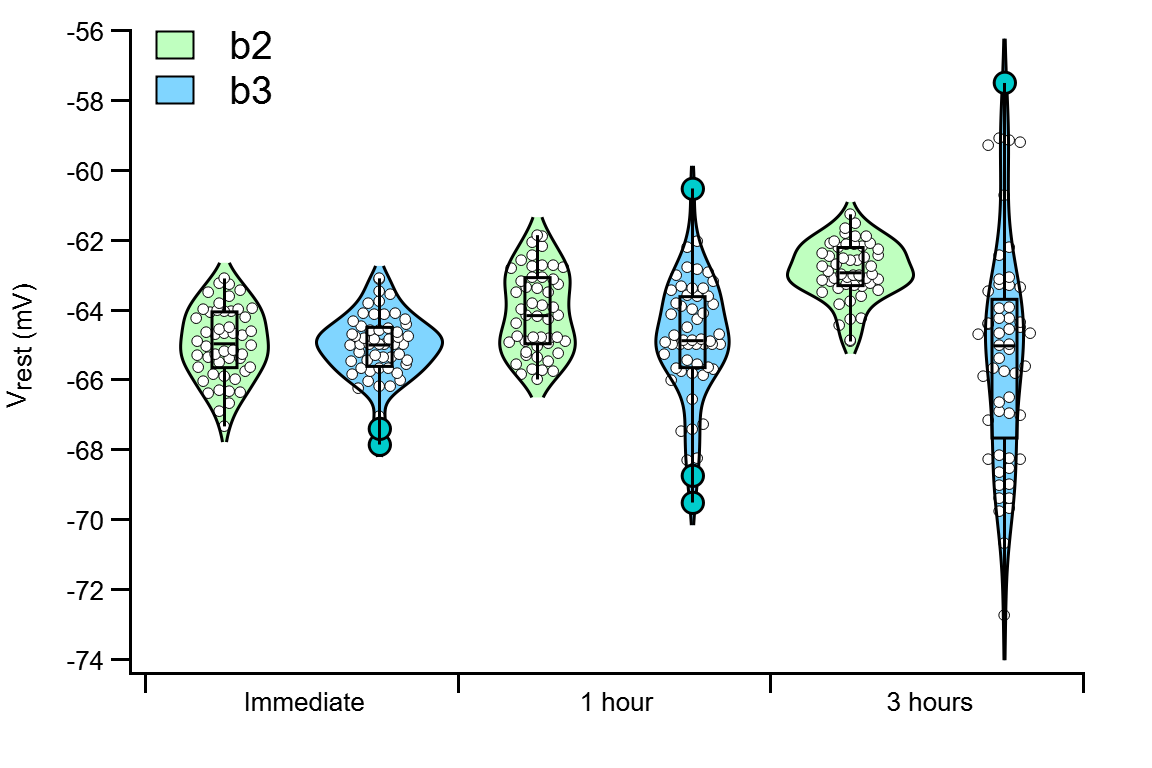

Note images are layered waves, 3 dimensional. Select the wave from the list of waves in that data folder.Go to the Data -> Save Waves -> Save Delimited Text menu.There should now be a red arrow pointing at that folder and letting you know that you are sitting in that folder. Alt + left click to the left of that data folder.Locate the data folder that was shown by the dialog.This brings up a tooltip type box with the names of the waves, and the data folders. A different way to find the folder (which I just learned myself) is to hit Shift + F1, then click on the trace.The box below then shows the data folder that is holding that wave. Hold Down the left mouse button on the name of the wave that looks like the correct wave.Older-slower-more-general-way for more precision Paste your ascii data into your preferred format.Hit Ctrl + C to copy the contents of the table to the clipboard.Hit Ctrl + A, to select the entire table.Select Digits, then select the highest number there (16 at the moment).Right click on the trace you want to export.In the realtime force, it will grab the entire force plot, so there are options. But it depends, in the offline, it will only grab 1 section at a time, extend, retract, or a dwell. It is a fairly good way to get force plot data exported, since it grabs the X data with it. This way makes a table of the trace, and you can copy and paste that into your spread sheet or notepad. These instructions are very general, if you are looking for a wave that is not an image or a force plot, try these. Give it a better name than LayerData so you can remember where is came from.Click Do it, and it will ask you where to save.Most ascii import programs want raw data, so turn off the add wave name that is turned on by default.That is the data you just pulled out with the extract layer command Select LayerData in the upper left corner.Now you can save this data using the data -> Save Waves -> Save Save delimited Text menu.This brings up the command window and prints out some information.
Box plots in igor pro Offline#
Go to the commands popup menu above the tabs on the offline image graph.


to save all the force plots listed, it will ask you where you want to save them.

if you cancel from that dialog, this function will return, doing no export. if the path is invalid, it will ask you to specify the path. if empty string, it will be AsciiExportPath PName is the Name of the symbolic path you want to save ascii to. DataFolderMask is the mask of folders to allow to be saved. If FPMask is "*", it will save all the force plots that are listed. Command line function to export force plots as ascii force plots Function AsciiExportForce(FPMask,DataFolderMask,PName,)


 0 kommentar(er)
0 kommentar(er)
